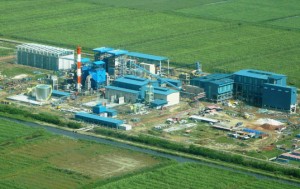By Samuel Sukhnandan –
Discussions are ongoing between government and stakeholders to restructure the Guyana Sugar Corporation (GuySuCo) to increase future production levels. This is according to Agriculture Minister Dr Leslie Ramsammy, who told Guyana Times International in an exclusive interview on Friday, that this is one step being taken to improve the sugar industry and ensure that it remains highly competitive.




